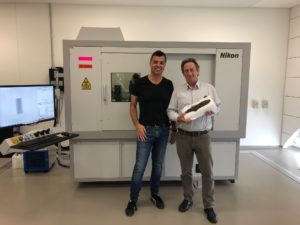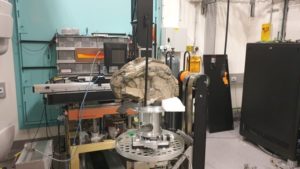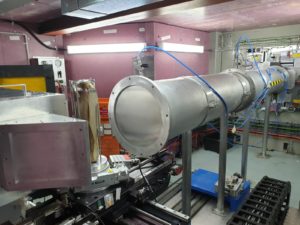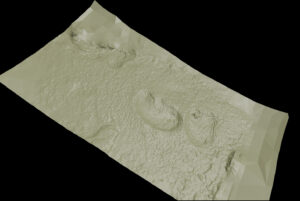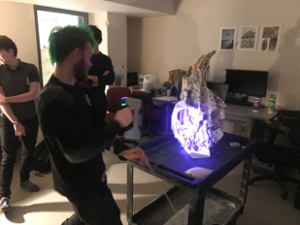What is “scanning”, and what do we mean when we talk about scanning fossils? Modern scanning technology has transformed palaeontology in recent years. The ability to non-destructively image internal features, capture detailed shape of very large, very small or remote specimens, digitise fossils for complex analyses, as well as share digital data easily, means entire new avenues of research and possibilities for collaboration are opening up.
The palaeontology team at Flinders University routinely use various scanning techniques (and associated data processing and visualisation software) for their research, outreach and education programs using methods detailed below. If you have a specimen that you think you might want scanned and would like to learn more about how this works, then please feel free to contact the VAMP team.
